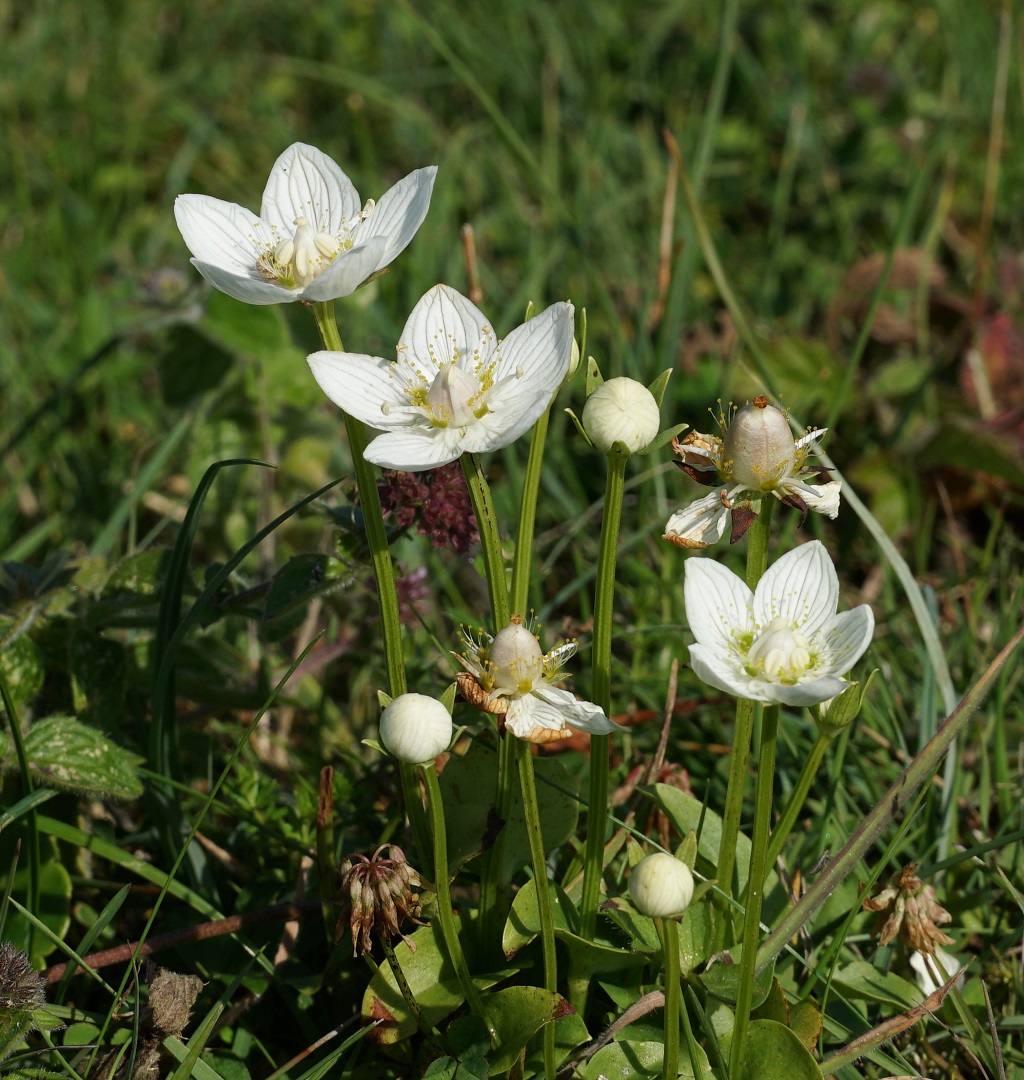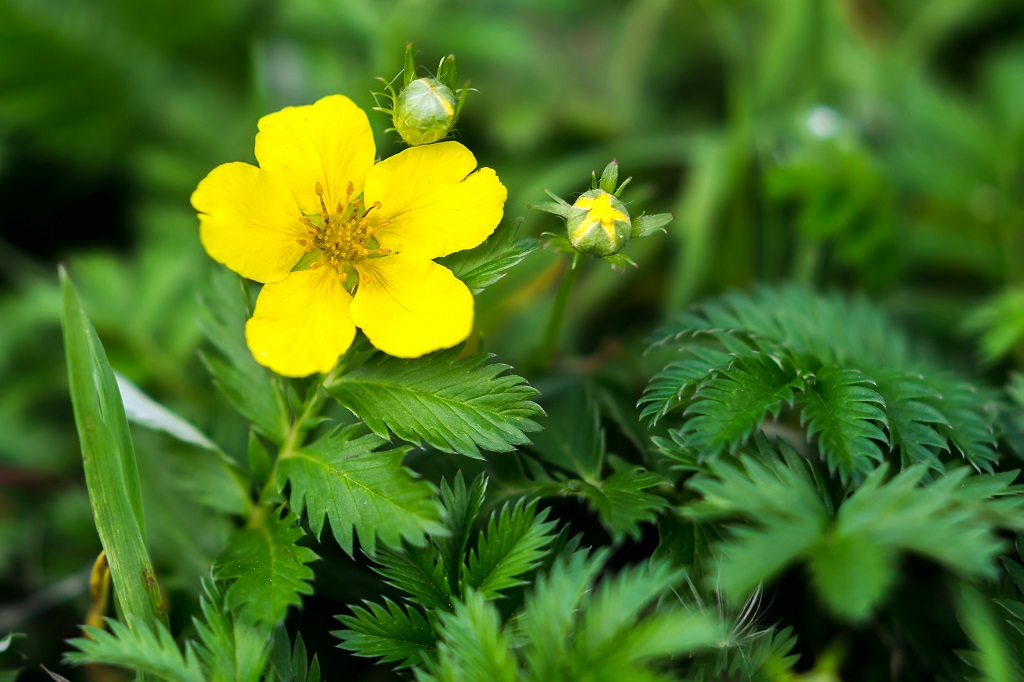
Scotland boasts a wealth of wild flowers
Few countries in the world – and especially ones as small as Scotland – can boast such an amazing diversity of wild flowers, with some 3,500 varieties in total.
No wonder some of the country’s most inventive gardeners have long incorporated wild flowers into their gardens.
For such a small a country, Scotland is a botanist’s paradise. From the exceedingly rare arctic alpines found on Ben Lawers’ high slopes in Highland Perthshire, to the stunted, wind-sculpted orchids unique to the Hebrides, Scotland’s flora is richly diverse.
The machair, for instance, is one of the rarest habitats in the British Isles and is only found on the north-western seaboard of Scotland and Ireland where it is aided by the massaging warmth of the Gulf Stream.
The word ‘machair’ comes from the Gaelic meaning low-lying fertile plain. Formed by the wrath of Atlantic storms, it is lime-rich and shell-strewn, blooming throughout the spring and summer in a variety of dramatic colour phases. It is dependent on a carefully managed grazing system in which Highland cattle and other smaller native breeds work symbiotically with this fragile ecosystem.
The use of native farm animals that are lighter than their continental competitors, on areas of natural regeneration and flower meadows, is of vital importance. Establishing a flower-rich meadow can be difficult and though wildflower seeds may produce impressive results initially, flowers are easily smothered out by dominant species and soon lost altogether.

The white marsh grass of Parnassus flowers
Crofting land on the machair and elsewhere in the Western Isles is frequently fringed by swathes of flag iris. Hidden oases in sand dunes often reveal a surprising wealth of flowers, including lowgrowing burnet roses from which all Scots roses originate. Scotland’s bluebell woods have achieved global fame and even on the wettest days their smoky blue tinge smudges entire hillsides and has a hypnotic allure.
In late summer, the pleasure of finding the oft-missed grass of Parnassus, its white waxy flowers gleaming out of the sourest of bogs, is always a joy.
There are some 3,500 flower species in the British Isles. Many have been introduced. Giant hogweed was brought from Asia as a curiosity at the end of the 1800s, and is well recognised as a danger with its toxic sap causing serious skin burns and blistering. Common species such as orange hawkweed, referred to as ‘fox and cubs’ due to its larger flower surrounded by smaller ones, spreads madly but can be an impressive garden addition. Latin names are altered, but common names remain the same, though some may have different nicknames. Some plants are locally common but may be rare elsewhere.
As gardeners we spend an astonishing amount of time battling against weeds. A weed is probably best classified as a flower in the wrong place, yet it can be as captivating as some of our most expensive garden centre purchases. Sadly, in our bid for tidiness and development, much prime flower habitat is lost: hedgerows are ripped out, bogs and marshes drained and verges cut. Commercial forestry produces a sterile habitat where few flowers are found.

Dandelions
The burst of brilliant yellow glowing on roadsides from early spring as dandelions, celandines and primroses bloom in all their glory is usually annihilated by grasscutting machinery.
Wildflowers quickly colonise any available space and even motorway embankments can be covered with cowslips and lupins. Many plant seeds can lie dormant for long periods of time, so an explosion of foxgloves often transforms the devastating void after forestry has been clear-felled.
Our forbears viewed wild plants as both good and bad omens depending on their species, and used them accordingly. Some plants were harbingers of death or celebration and even viewed as a means of identity. Many fl owers featured on family crests and emblems, while most plants were used for folk medicine in some form. A few induced alcoholic stupors and unnatural highs.
The 19th century folklorist Alexander Carmichael wrote of the common plant silverweed found growing close to the tide line or in almost any waste place, ‘blest silverweed of spring, one of the seven breads of the Gael’. It is lucky that it grew in such abundance for it took many silverweed roots to make a meal boiled up similarly to parsnips to form a staple when all else failed.

Silverweed
The beautiful aromatic wild thyme featured in the well-known song ‘Will you go Lassie go’, was used as a cure for dyspepsia and remains a favoured food for the six-spot burnet moth. Butterwort, a carnivorous bog plant with sticky insect-trapping leaves, was found to contain enzymes that helped curdle milk, and was used as a substitute for rennet, as was the tiny sundew. The waltzing, delicate fibres of bog cotton – ‘caineachan’ in Gaelic – were woven into rough cloth for shirts.
Few plants were seen as useless even if they may have been used to poison an enemy.
‘You can tell the gardens of the incomers because they’ve planted flowers in them,’ Father Callum McLennan told me during a visit to the Hebridean island of Eriskay. ‘When I was a boy the garden was for growing food. Why would we need to plant fl owers when the Good Lord has provided us with such a profusion of beauty in every ditch and bog?’ He has a point.
Constant changes in farming policy have ironically brought us full-circle. Many enlightened farmers now find themselves seeking out grants to plant specialist beetle banks and wildflower corridors alongside cropped fields to encourage a vast variety of life, including diminishing species that suffered due to the overuse of chemicals, herbicides and pesticides.
Flowers are important. Now with local councils cutting back, perhaps there will be less cutbacks on verges and the benefits will be a greater abundance of Scotland’s flora in all its glory.
TAGS

